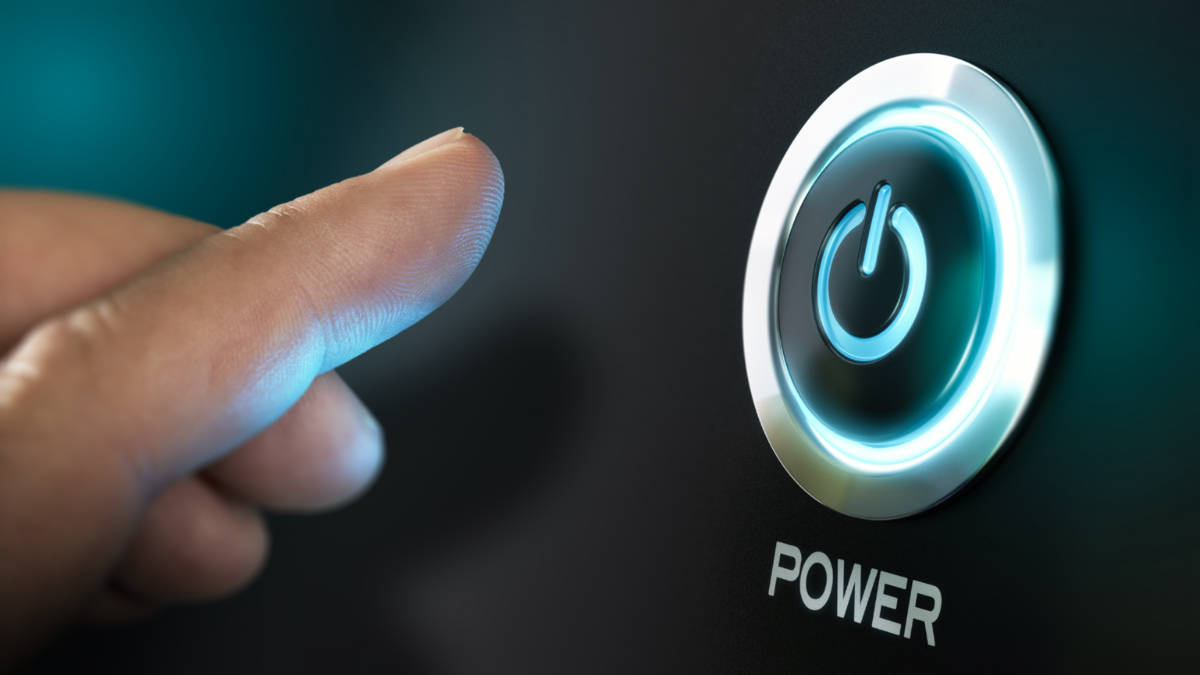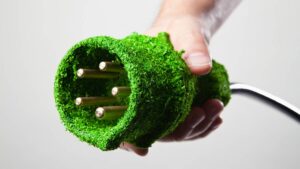Renewable energy is displacing coal in Australia at faster rates

Renewables are displacing coal and gas in Australia's energy mix. Pic: Getty Images
Renewable energy now accounts for about 28 per cent of electrical generation in Australia’s National Energy Market (NEM) with coal’s share crumbling from 86 per cent in 2009 to 67 per cent in the first quarter of 2021.
Natural gas also saw its share fall to 5 per cent though the explosion at the coal-fired Callide power station late last month has meant that gas-fired power now accounts for more than 20 per cent of Queensland’s electrical supply.
However, total domestic gas consumption on the east coast was down 12.4 per cent to 15.2 petajoules.
Australian liquefied natural gas (LNG) exports remained at near record levels with EnergyQuest estimating that about 20 million tonnes of the supercooled gas was shipped in the first quarter of 2021 compared to 20.2Mt in the fourth quarter of 2020.
Notably, despite deteriorating relations, exports to China continue to be remarkably consistent with an average of 35 cargoes per month since 2019.
Separately, national oil production has dropped by 15 per cent in the first quarter of 2021 compared to the same period a year ago.
Petroleum exploration expenditure has also resumed its downward trend following an uptick in the fourth quarter of 2020 associated with BP’s unsuccessful Ironbark-1 well.
Hydrogen milestone
Green hydrogen has officially entered Australia’s energy mix with the first flow of natural gas blended with 5% hydrogen from Hydrogen Park SA (HyP SA) into the Tonsley Innovation District in mid-May.
The $11.4 million project is owned by Australian Gas Networks (AGN), part of the Australian Gas Infrastructure Group (AGIG) and supported by a $4.9 million grant from the South Australian Government.
Besides supplying the blended gas to 700 homes in Mitchell Park, AGN is also selling 100 per cent green hydrogen to BOC to transport in compressed form via tube trailers to industrial customers across South Australia and Western Australia.
This replaces “grey” hydrogen produced by steam reformation of natural gas without carbon capture and storage at ExxonMobil’s Altona refinery in Victoria.
EnergyQuest noted that while the 1.3 megawatt HyP SA electrolyser is small compared to the proposed projects, it is the biggest in operation in Australia.
Additionally, AGN expects to increase the number of households using the blended gas to the thousands by the end of 2022 along with an increase in the amount of hydrogen up to 10 per cent.
It also plans to offer 100% hydrogen to new housing estates in Adelaide by 2025.
HyP SA is currently producing green hydrogen at a cost of more than $10 per kilogram though future AGIG projects in Western Australia and Wodonga with 10MW electrolysers would produce the gas at a cost of about $5 to $6 per kilogram.
UNLOCK INSIGHTS
Discover the untold stories of emerging ASX stocks.
Daily news and expert analysis, it's free to subscribe.
By proceeding, you confirm you understand that we handle personal information in accordance with our Privacy Policy.








